Ex-Campbell Donaghy, 5th in the Ulster Grand Prix, first ever world championship point for a Ducati 250 single 1961 Ducati 250cc F3 Production Racer Frame no. DM1003F3 Engine no. E-1003-F3 • 1962 Ulster Grand Prix, 5th place • Amadori brakes (200mm front, 160mm rear) • 1963 wins at Cookstown and Tandragee • Same ownership for 55 years Ducati's rise to a global brand and racing success began when Ducati Meccanica's first director, Dr Giuseppe Montano, persuaded the legendary Fabio Taglioni to join the factory in May 1954. Taglioni had worked for two companies before joining Ducati, showing a flair for designing lightweight engines that could win the important "Gran Fondo" (large fund, i.e. big prize money) races. The most important before the Second World War had been the Milano Taranto, a near thousand-mile dash from Milan down Italy's east coast. But throughout the 1950s it was a revitalised Motogiro d'Italia that captured the public imagination. This race was run over several daily stages to gain the maximum publicity, with entries restricted to motorcycles closely related to ones the public could buy. Nothing larger than 175cc was allowed, again reflecting what was selling. Taglioni's first design for a Gran Fondo racer had been a 75cc single manufactured and raced under the Ceccato name. His next was with Mondial, working on desmodromics and 175s that won both the Milano Taranto and Moto Giro in 1954, the only time a manufacturer was victorious in both races in the same year. When Taglioni wasn't invited to Mondial's celebrations he quietly cleared his desk and left. He could have had a steady salary at anywhere from Ford to Ferrari, but chose Ducati simply because he was promised the autonomy necessary to build world class racing motorcycles. Success in the Motogiro quickly came to mean success in the showrooms, so Ducati's failure to achieve a single in the 1953 and 1954 events had weighed heavily on Montana's mind. Unsurprisingly Taglioni's initial focus was on the urgent need for a new motorcycle that could survive, and ideally win, the gruelling road race. Taglioni's first offering was the Gran Sport, a 99.66cc single with what would become Ducati's trademark bevel and shaft driven overhead camshaft. Laverda immediately protested that the Gran Sport wasn't a true production bike, but rather a dedicated, hand-built, racer that the competitions' pushrod overhead valve models would have no chance against. In truth Laverda had a point. Even though the Gran Sport did eventually go into production, it was in limited numbers, and at a price that reflected its complexity and the expertise required during assembly. Nonetheless the 1955 Motogiro made Montana a very happy man when the new Gran Sport took every place bar one in the 100cc class. One even managed fifth overall, beating a great many 175cc machines. Building on this success Taglioni immediately planned an enlarged Gran Sport by upping the engine's bore to 55.25mm. The resulting 125cc motor proved even more dominant with Giuliano Maoggi taking the new motorcycle to victory in the 125cc class of the Milano Taranto a few months later. He would then take the Ducati to overall victory in the 1956 Motogiro. Whilst the bevel singles went into production as sporting ride to work machines, Ducati also offered for sale a new racing 125, the F3. This bore little relation to the production models, being a hand built motorcycle in the mould of the Gran Sport, with sandcast engine components and specialist cycle parts that meant little was interchangeable with its road going cousin. Inevitably a 175cc version of the F3, but outside Italy the 175 class was rarely considered important. When Michel Barone won the 1960 250cc French Championship on a prototype 250 Ducati single, it was inevitable that production and F3 racing versions would follow. Only available in 1961 and 1962, the 250F3 (sold by UK importer Vic Camp as the Manxman) had a sandcast motor that carried over the 175's r
Ex-Campbell Donaghy, 5th in the Ulster Grand Prix, first ever world championship point for a Ducati 250 single 1961 Ducati 250cc F3 Production Racer Frame no. DM1003F3 Engine no. E-1003-F3 • 1962 Ulster Grand Prix, 5th place • Amadori brakes (200mm front, 160mm rear) • 1963 wins at Cookstown and Tandragee • Same ownership for 55 years Ducati's rise to a global brand and racing success began when Ducati Meccanica's first director, Dr Giuseppe Montano, persuaded the legendary Fabio Taglioni to join the factory in May 1954. Taglioni had worked for two companies before joining Ducati, showing a flair for designing lightweight engines that could win the important "Gran Fondo" (large fund, i.e. big prize money) races. The most important before the Second World War had been the Milano Taranto, a near thousand-mile dash from Milan down Italy's east coast. But throughout the 1950s it was a revitalised Motogiro d'Italia that captured the public imagination. This race was run over several daily stages to gain the maximum publicity, with entries restricted to motorcycles closely related to ones the public could buy. Nothing larger than 175cc was allowed, again reflecting what was selling. Taglioni's first design for a Gran Fondo racer had been a 75cc single manufactured and raced under the Ceccato name. His next was with Mondial, working on desmodromics and 175s that won both the Milano Taranto and Moto Giro in 1954, the only time a manufacturer was victorious in both races in the same year. When Taglioni wasn't invited to Mondial's celebrations he quietly cleared his desk and left. He could have had a steady salary at anywhere from Ford to Ferrari, but chose Ducati simply because he was promised the autonomy necessary to build world class racing motorcycles. Success in the Motogiro quickly came to mean success in the showrooms, so Ducati's failure to achieve a single in the 1953 and 1954 events had weighed heavily on Montana's mind. Unsurprisingly Taglioni's initial focus was on the urgent need for a new motorcycle that could survive, and ideally win, the gruelling road race. Taglioni's first offering was the Gran Sport, a 99.66cc single with what would become Ducati's trademark bevel and shaft driven overhead camshaft. Laverda immediately protested that the Gran Sport wasn't a true production bike, but rather a dedicated, hand-built, racer that the competitions' pushrod overhead valve models would have no chance against. In truth Laverda had a point. Even though the Gran Sport did eventually go into production, it was in limited numbers, and at a price that reflected its complexity and the expertise required during assembly. Nonetheless the 1955 Motogiro made Montana a very happy man when the new Gran Sport took every place bar one in the 100cc class. One even managed fifth overall, beating a great many 175cc machines. Building on this success Taglioni immediately planned an enlarged Gran Sport by upping the engine's bore to 55.25mm. The resulting 125cc motor proved even more dominant with Giuliano Maoggi taking the new motorcycle to victory in the 125cc class of the Milano Taranto a few months later. He would then take the Ducati to overall victory in the 1956 Motogiro. Whilst the bevel singles went into production as sporting ride to work machines, Ducati also offered for sale a new racing 125, the F3. This bore little relation to the production models, being a hand built motorcycle in the mould of the Gran Sport, with sandcast engine components and specialist cycle parts that meant little was interchangeable with its road going cousin. Inevitably a 175cc version of the F3, but outside Italy the 175 class was rarely considered important. When Michel Barone won the 1960 250cc French Championship on a prototype 250 Ducati single, it was inevitable that production and F3 racing versions would follow. Only available in 1961 and 1962, the 250F3 (sold by UK importer Vic Camp as the Manxman) had a sandcast motor that carried over the 175's r
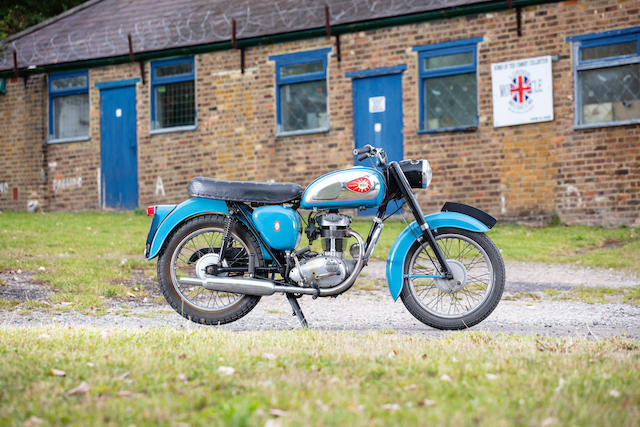
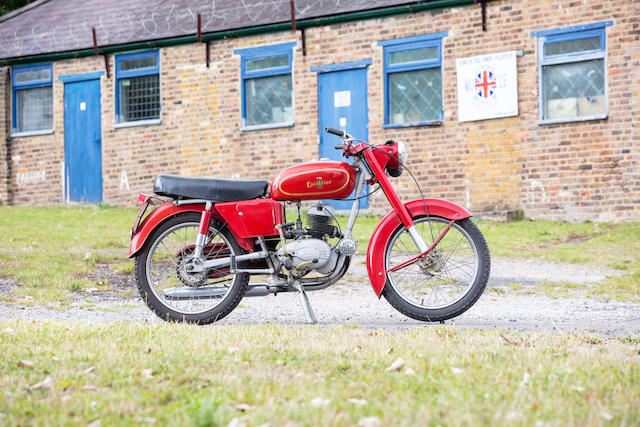

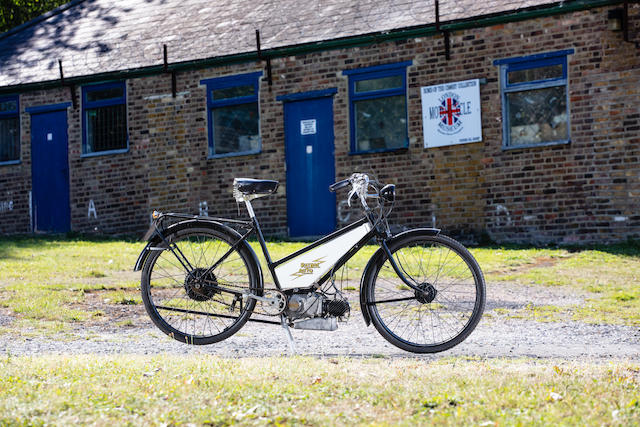
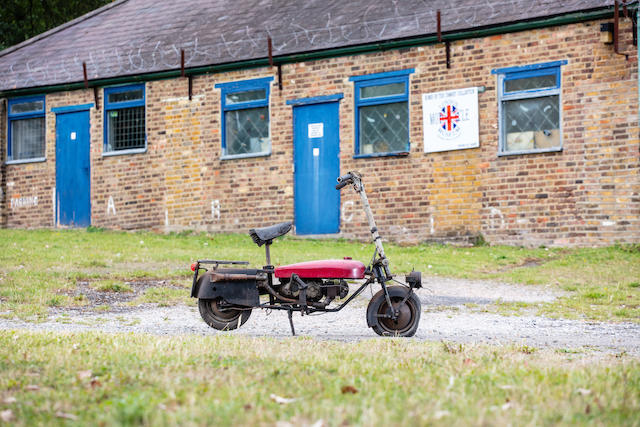
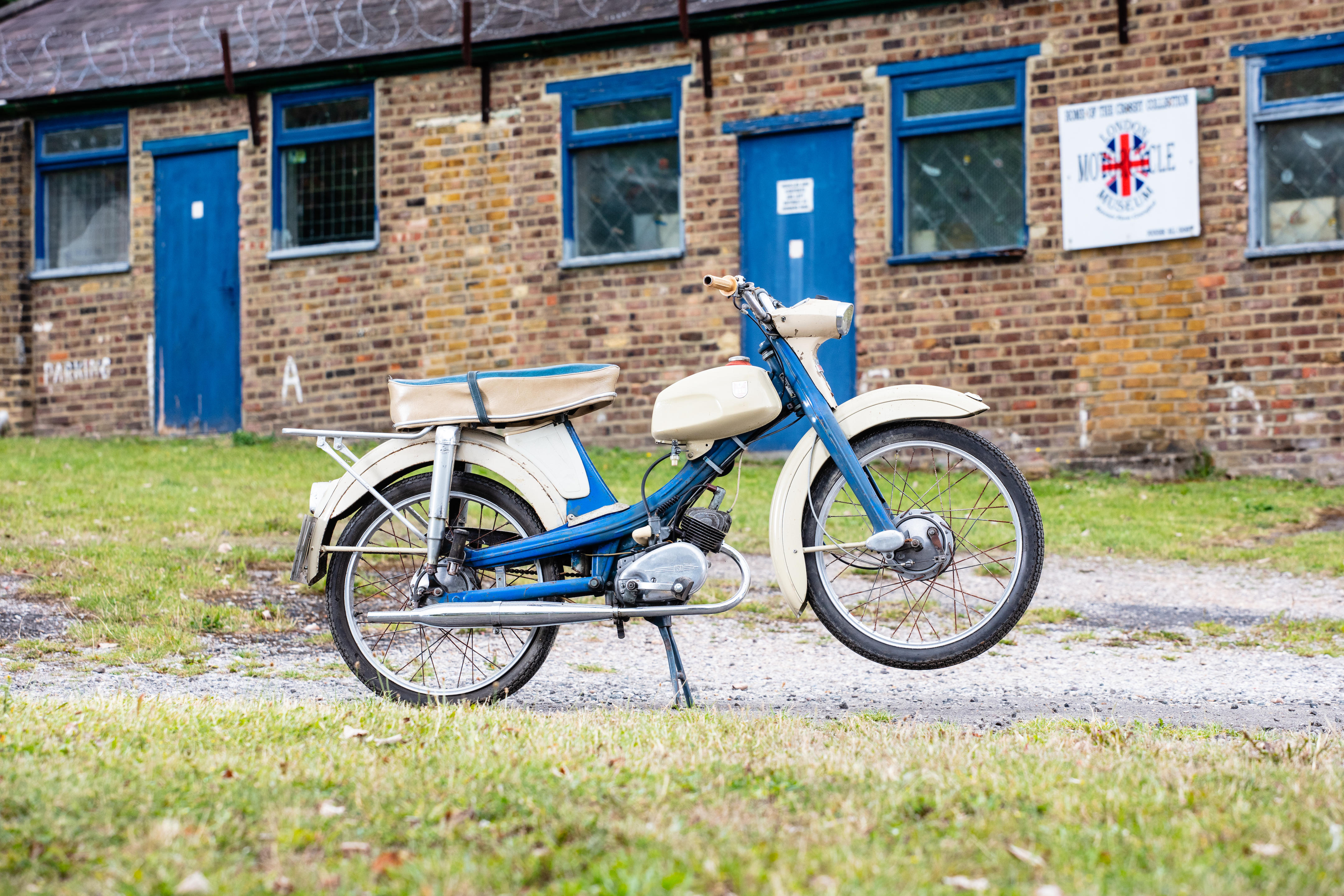
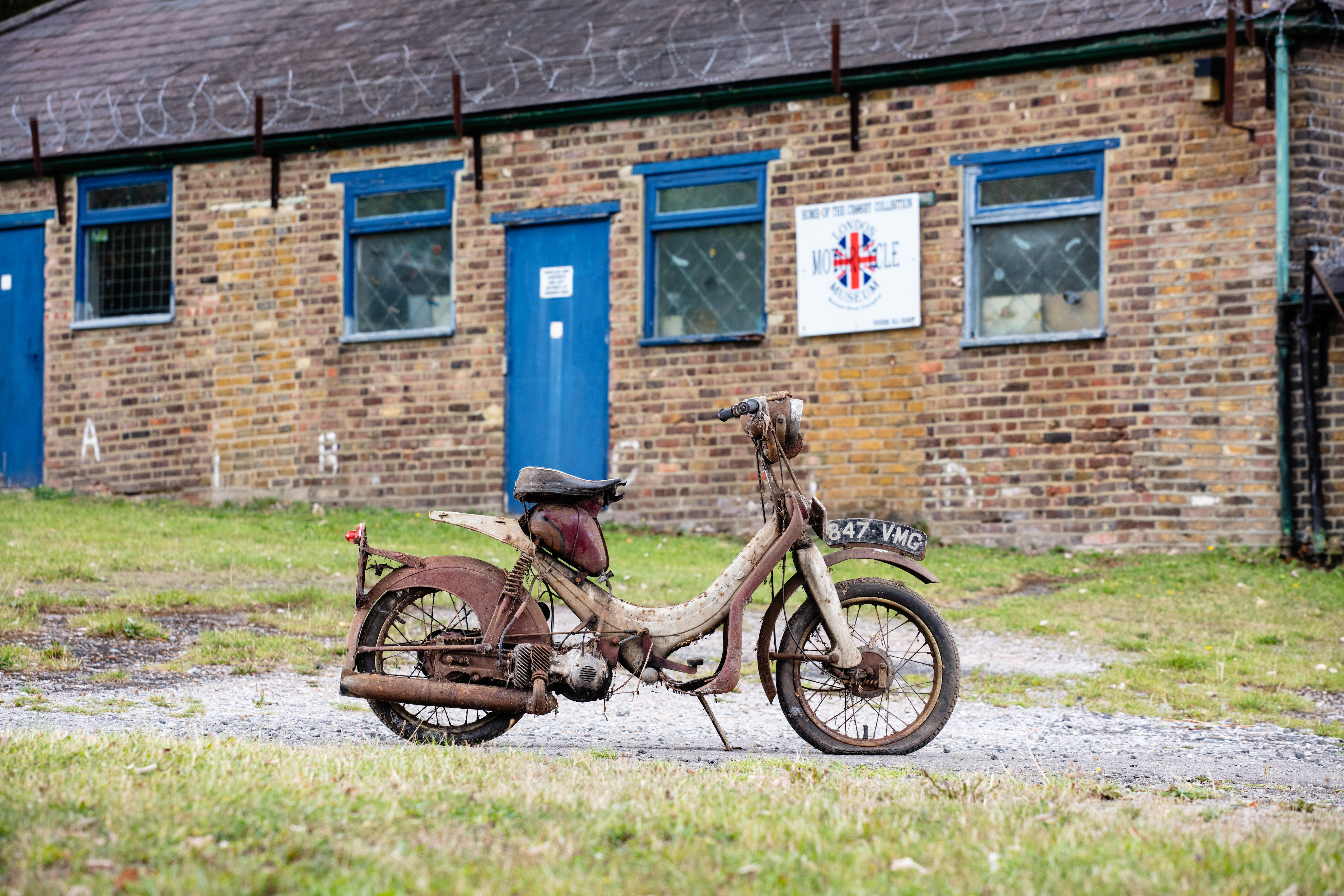
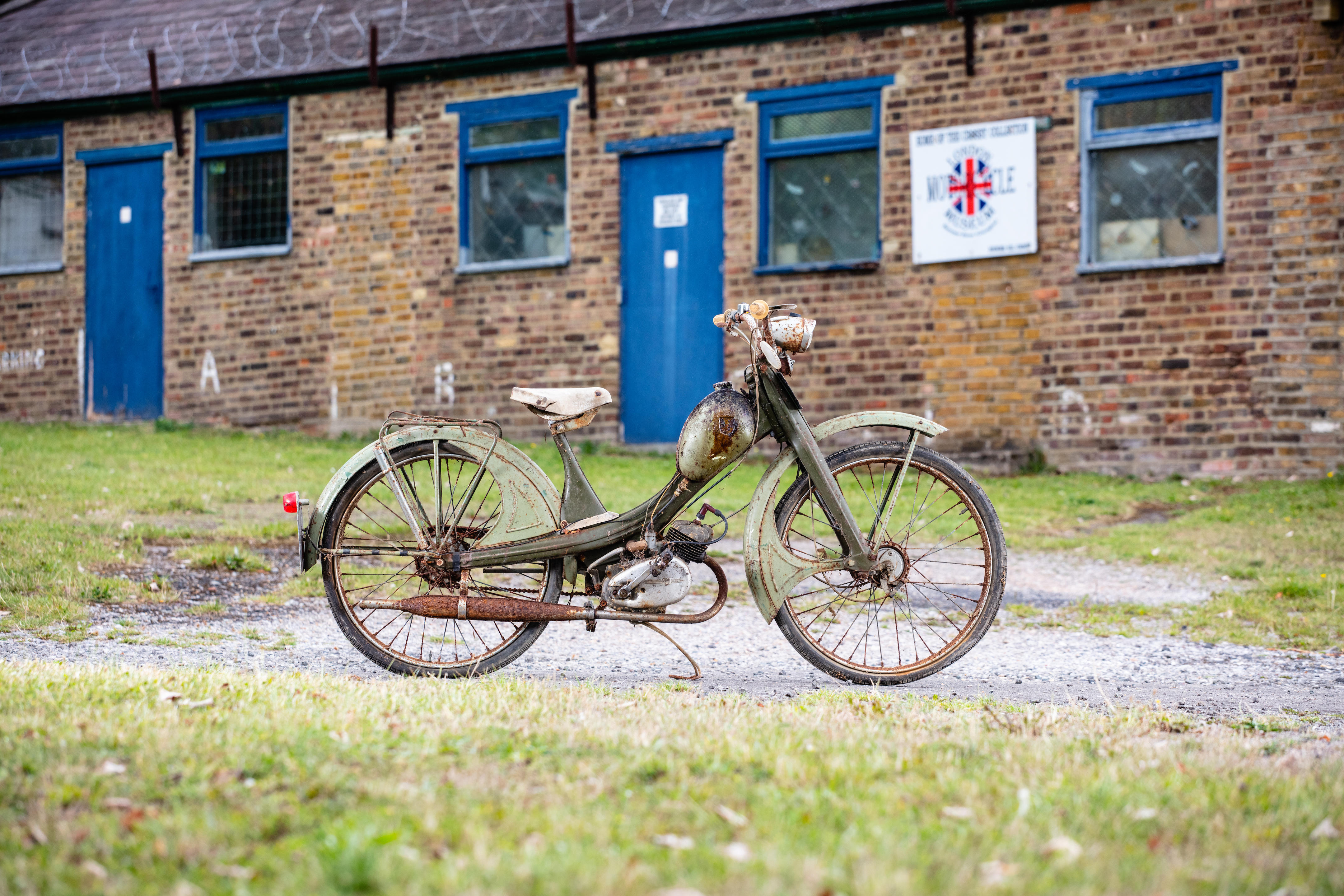
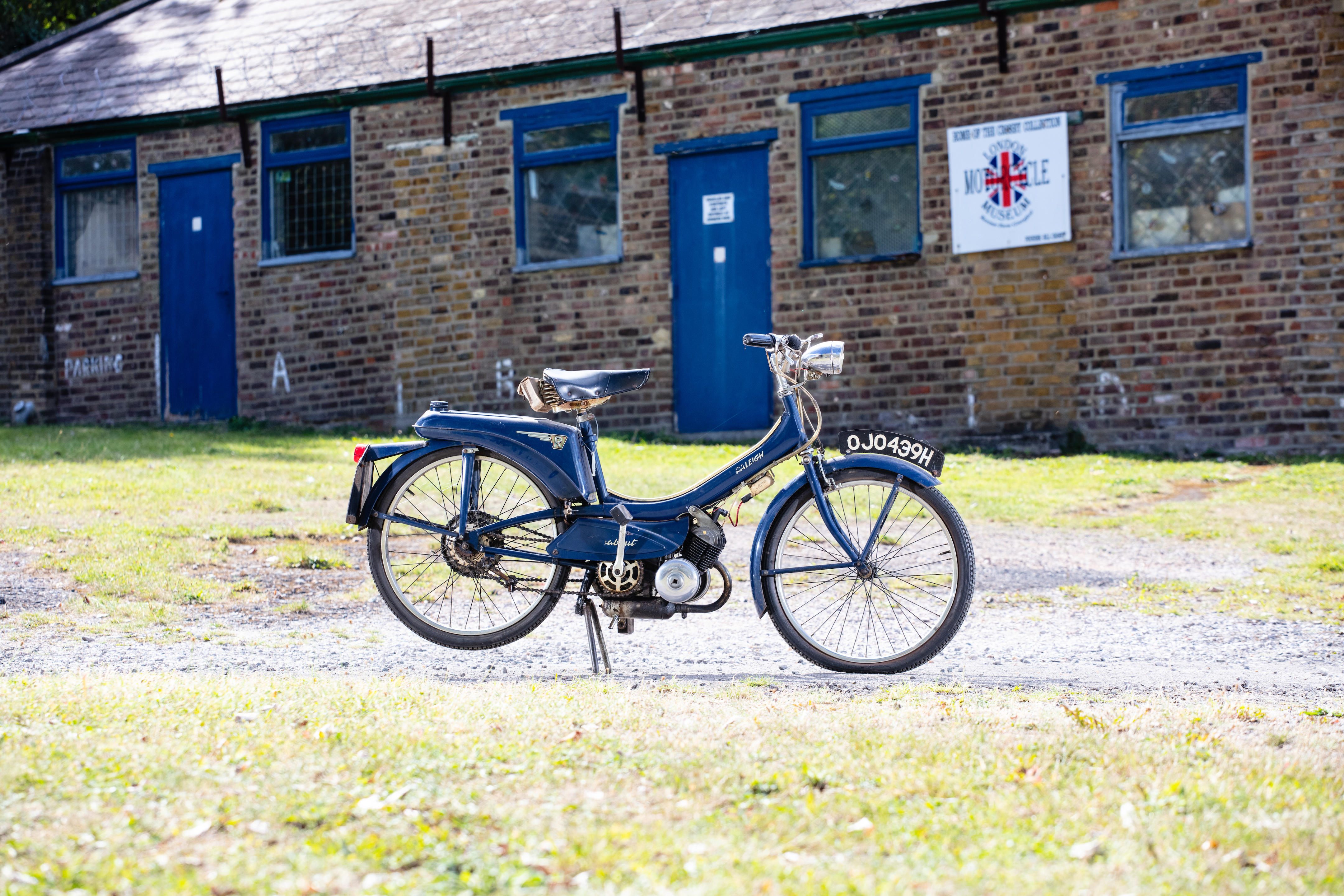
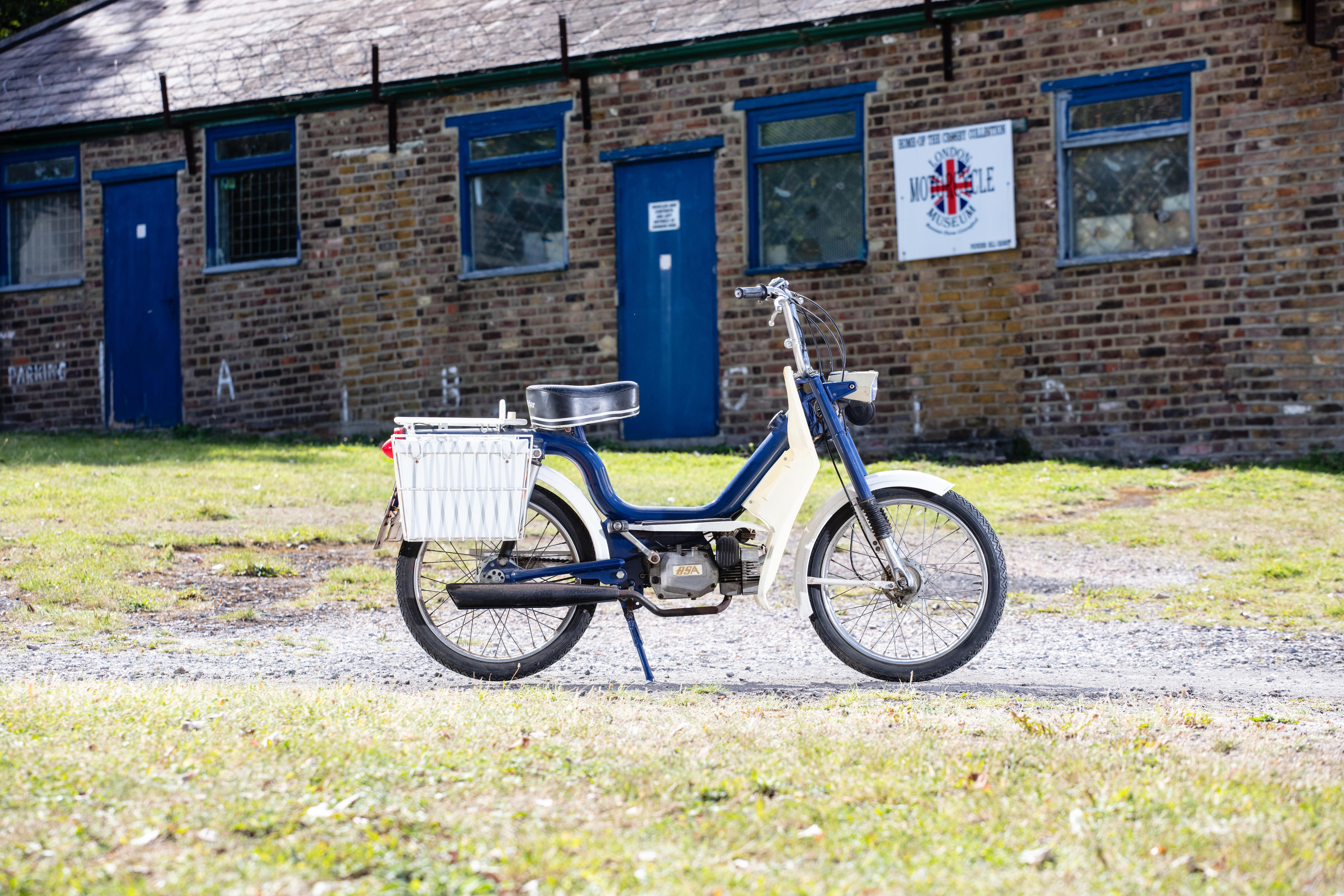
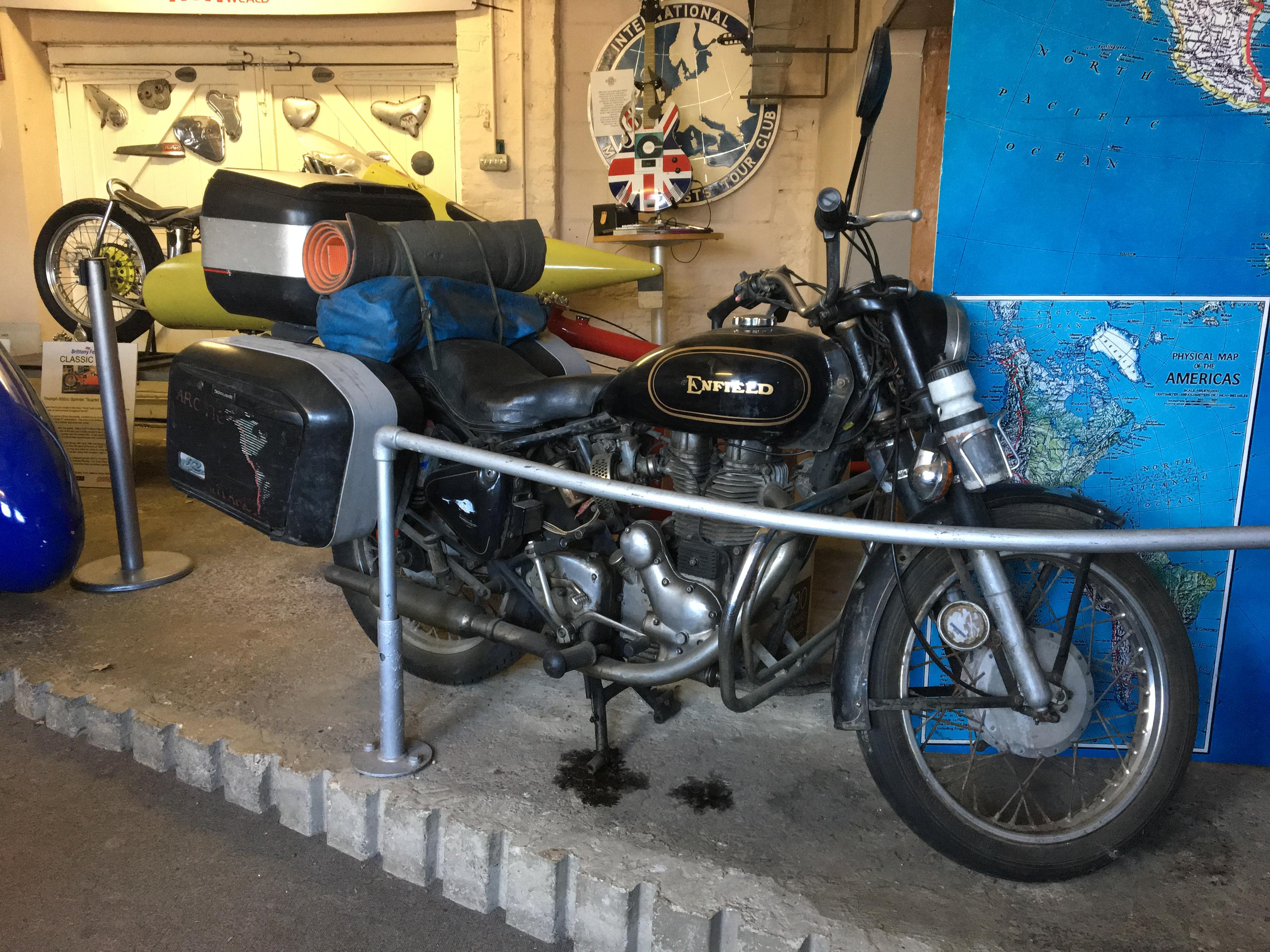
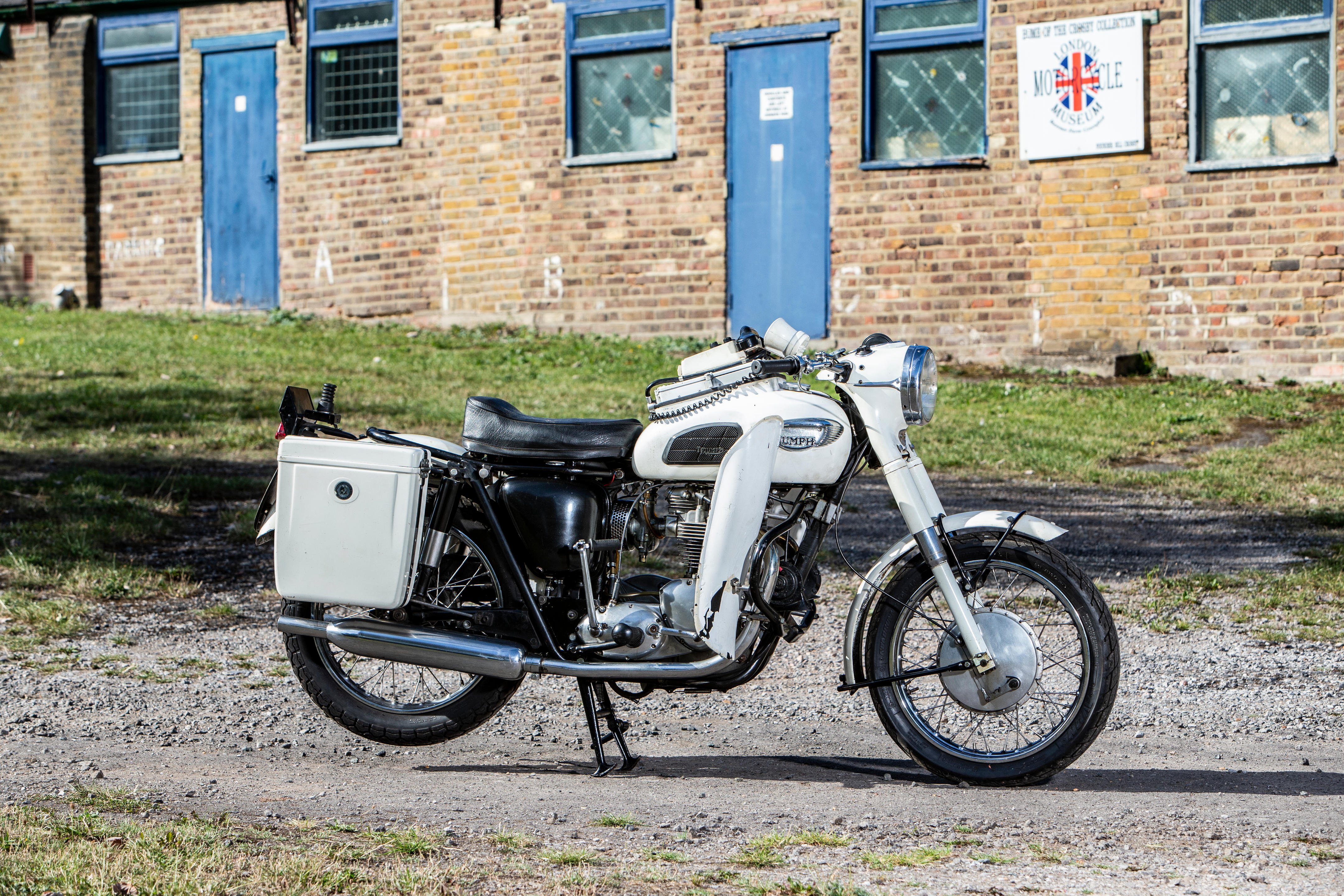
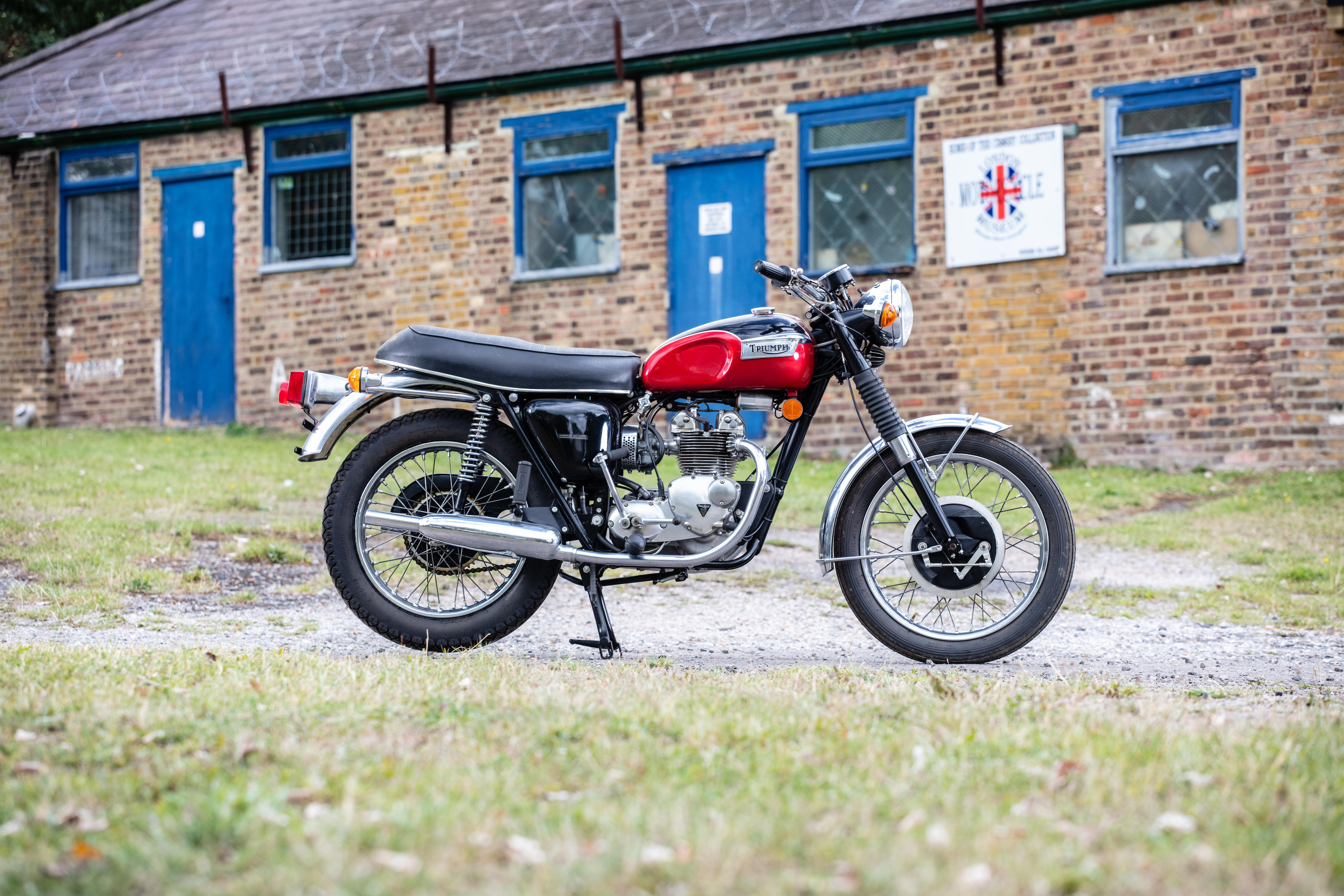
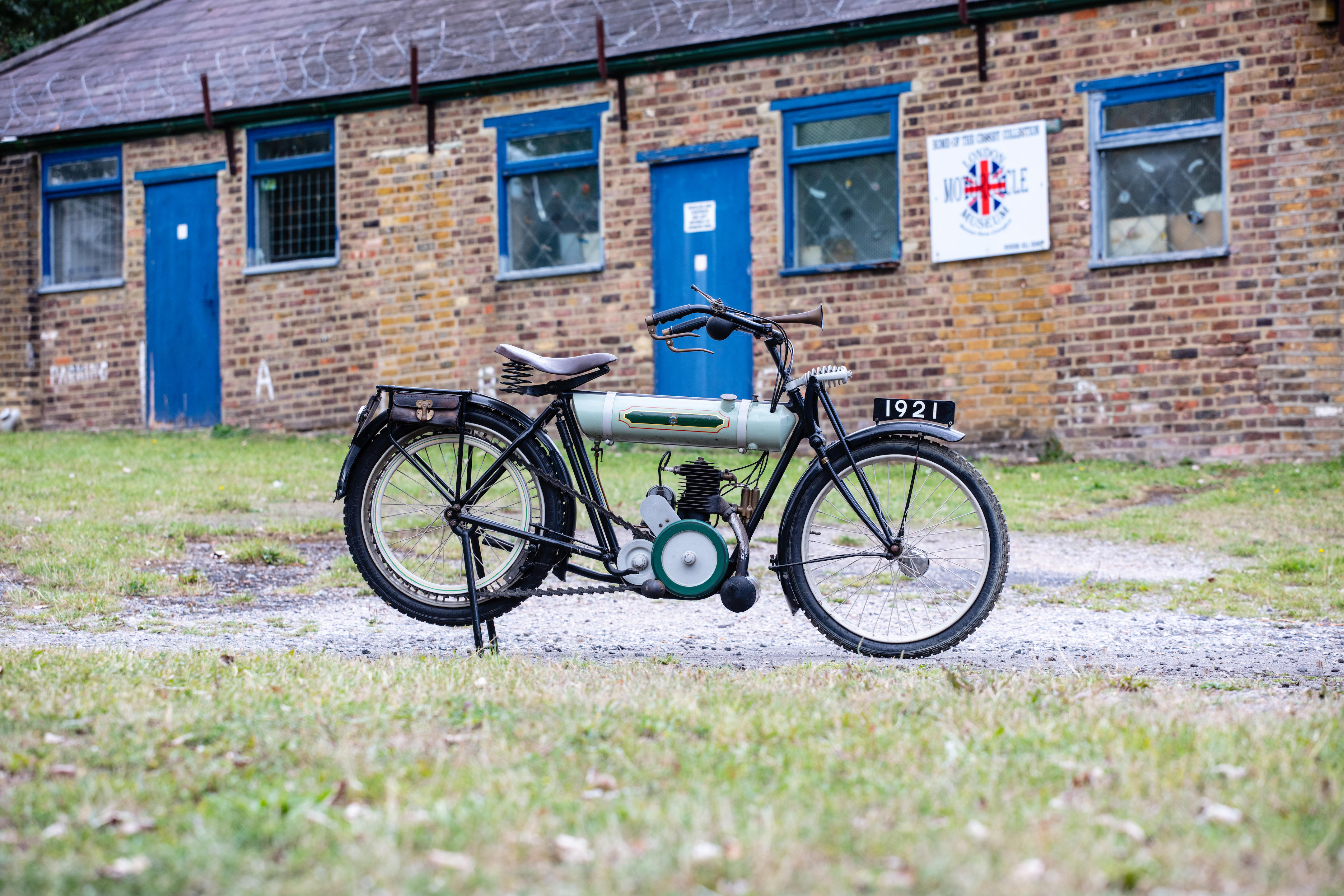
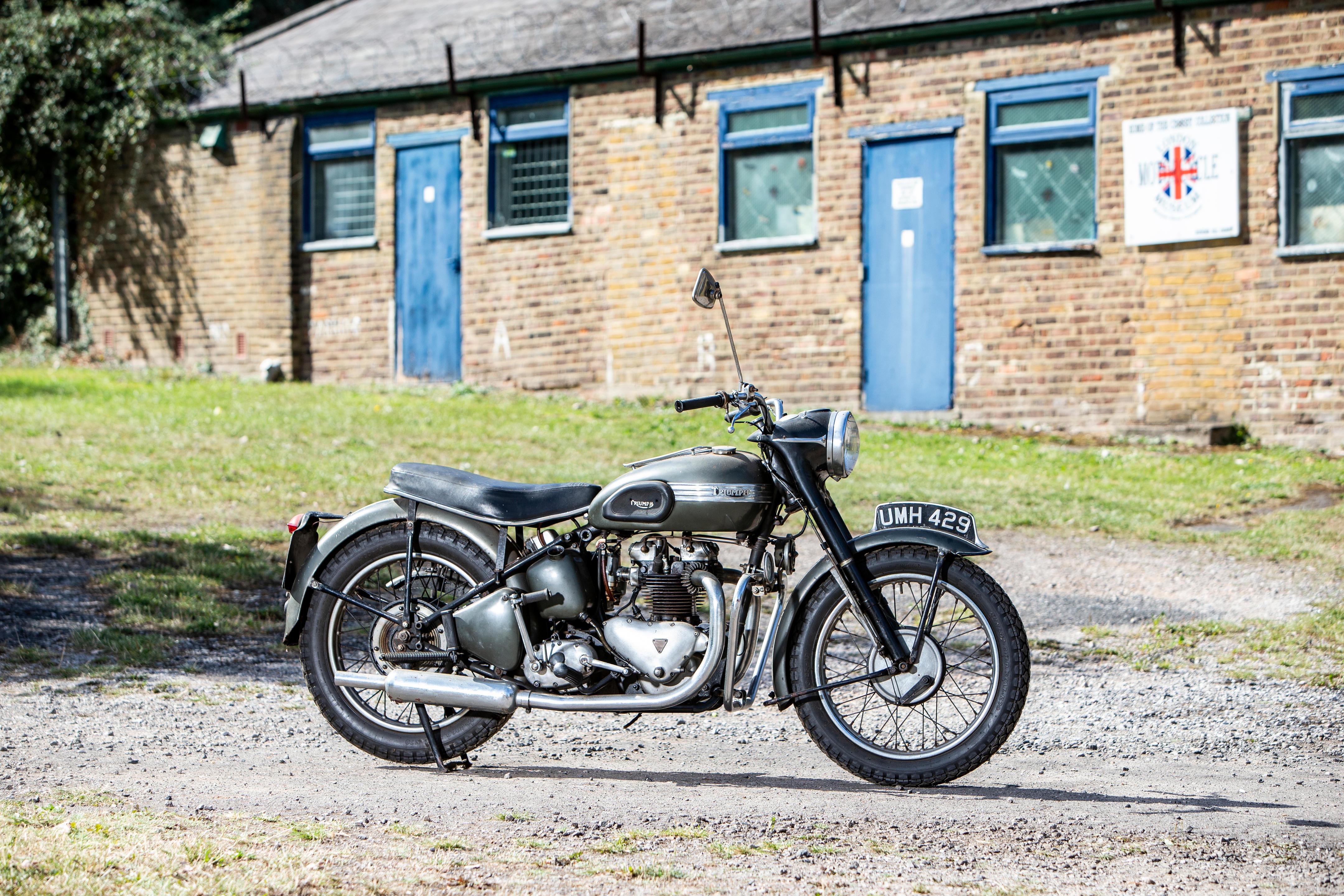
Try LotSearch and its premium features for 7 days - without any costs!
Be notified automatically about new items in upcoming auctions.
Create an alert